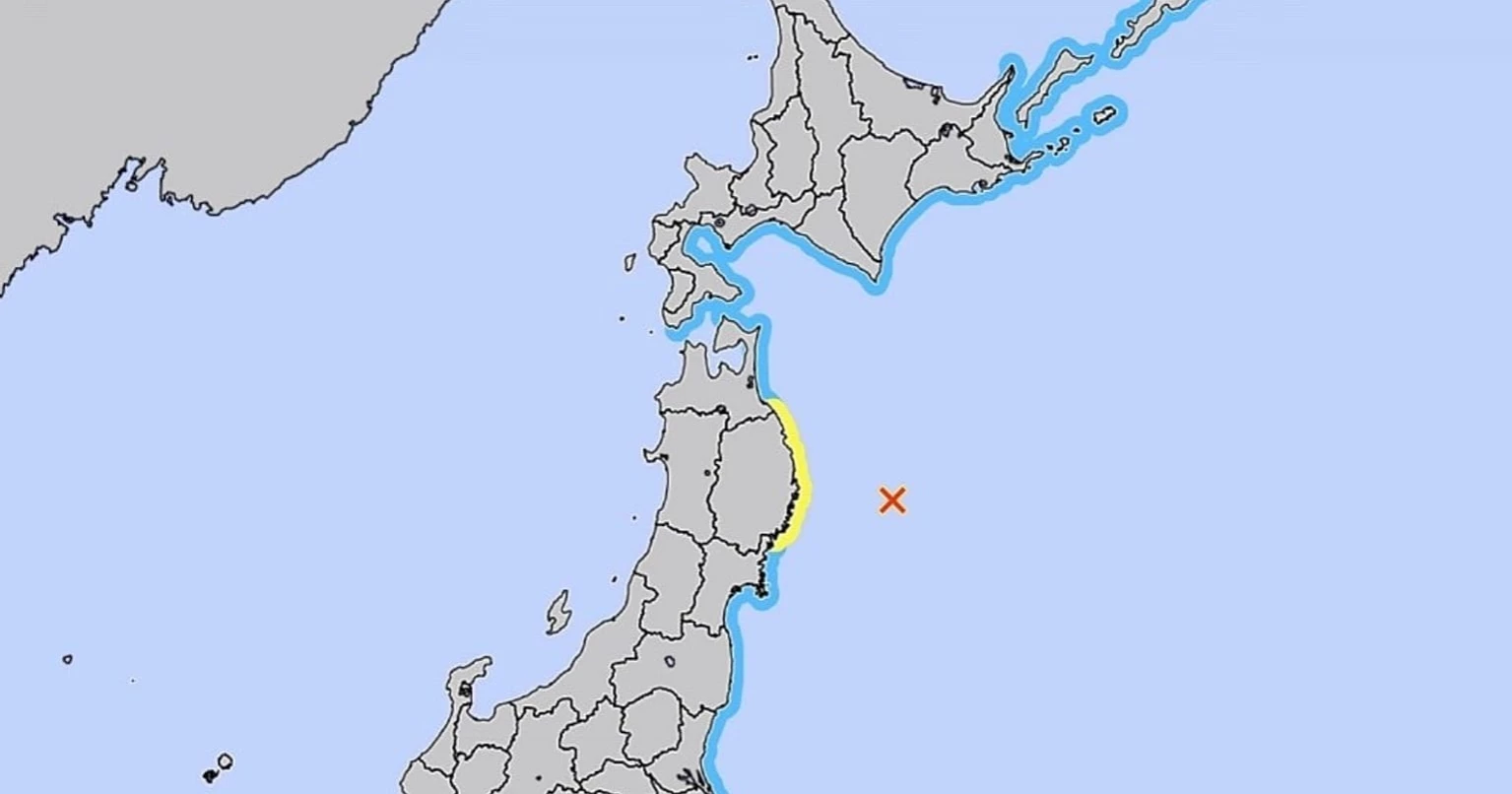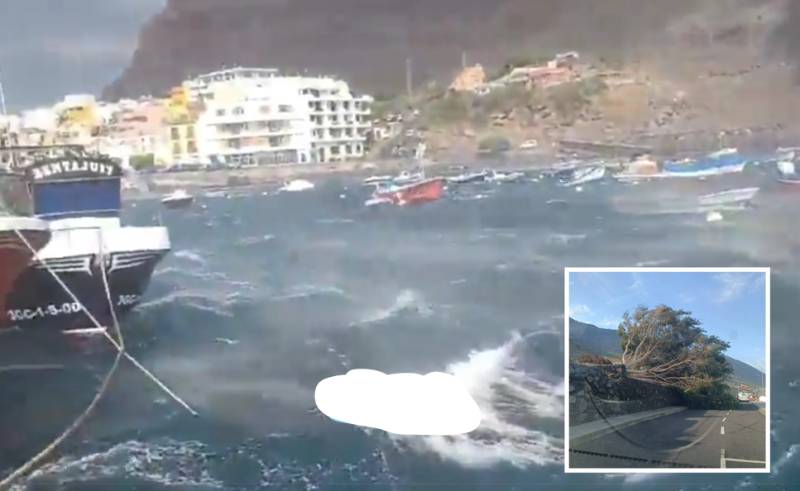Strong quake off northern Japan triggers tsunami advisory and transport delays

Evening jolt across Iwate coast
A powerful offshore earthquake shook Iwate Prefecture on Sunday evening, with Japan’s Meteorological Agency reporting a preliminary magnitude of 6.7 at a shallow depth of about 10 kilometers and issuing a tsunami advisory that warned of waves up to one meter along parts of the northeastern coastline. Public broadcaster NHK and local officials urged residents to move to higher ground and stay away from ports, while early observations showed small tsunami waves — roughly 10 to 20 centimeters — reaching several sites including Kuji, Ofunato, Miyako and Kamaishi, reinforcing cautions that multiple, modest surges can arrive for hours after the main shock. Authorities said there were no immediate signs of serious structural damage or injuries and nearby nuclear facilities reported no abnormalities, but the U.S. Geological Survey’s slightly higher reading underscored the shaking’s strength and the need for continued vigilance as aftershocks ripple through the region.
Aftershocks and winter preparedness
East Japan Railway temporarily halted bullet train services to check tracks and overhead lines, illustrating how even advisory-level tsunami events can disrupt a country that relies on high-speed rail, while coastal municipalities activated evacuation instructions for neighborhoods outside seawalls and opened shelters in schools and public halls for precautionary stays. Disaster managers reminded residents that cold weather heightens risks if power is lost, so backup heat sources, charged phones, and fresh batteries should be kept ready, and fishing cooperatives advised crews to remain offshore until officials clear port entry to avoid dangerous currents. Seismologists emphasized that Japan’s position on the Pacific “Ring of Fire” makes clustered quakes plausible, so communities should expect aftershocks and treat them seriously even if early reports seem reassuring, and local governments said they would review signage, sirens, and emergency radio coverage to ensure warnings can be heard clearly as tourism towns prepare for winter visitors.



















